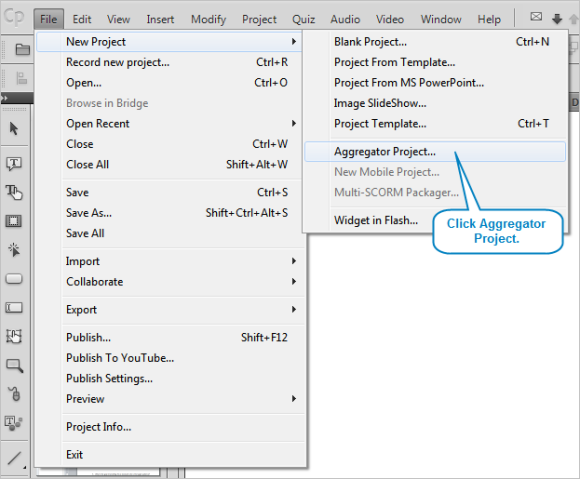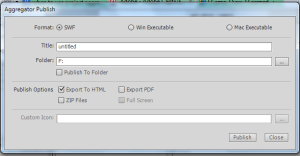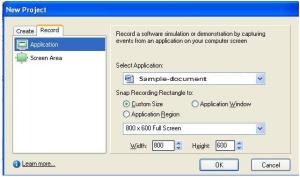I had an opportunity to conduct several training sessions on Adobe Captivate. For these sessions I created a systematic training plan and developed training material for the employees (lateral hires and new joiners). I enjoyed addressing queries of the team members, providing hands-on training on developing Captivate projects (software demonstrations, simulations, marketing videos, and interactive videos), giving assignments and providing feedback, and making the resources productive in a short span of time.
While training them on the live projects, I also shared some tips and tricks which I think are hardly listed anywhere and can be learnt on the job. Through this blog, I would like to share some tips that will help you improve the quality of your project.
Here are some tips:
- Sometimes while recording the screens and actions, the application shows up tool tips, screen loading messages, and Java script messages. To eliminate them in the video, capture an additional screen and manipulate the clicks and actions on that screen. For capturing that extra screen, while recording press the Print Screen key on the keyboard.
- Before recording, decide the flow first and determine the actions that you are going to perform in the application. You can write down the flow in a word document or in your note pad and keep referring to that. This will ensure that the whole flow is captured in one go and there is no scope for consistency errors. By this way you can also avoid rework.
- Adjust the display time for mouse action consistently in the project (for all the slides). For example, if you set the display time for mouse to 1 second, maintain the same display time throughout the project.
- You can adjust the display time for typing action after recording hence while recording the typing action; do not worry about the time. You can take your own time to complete the typing action while recording and later on after you end the recording; you can always revisit the typing action and amend its display time in the timeline.
In the next post, I will come up with some more tips and FAQs.











